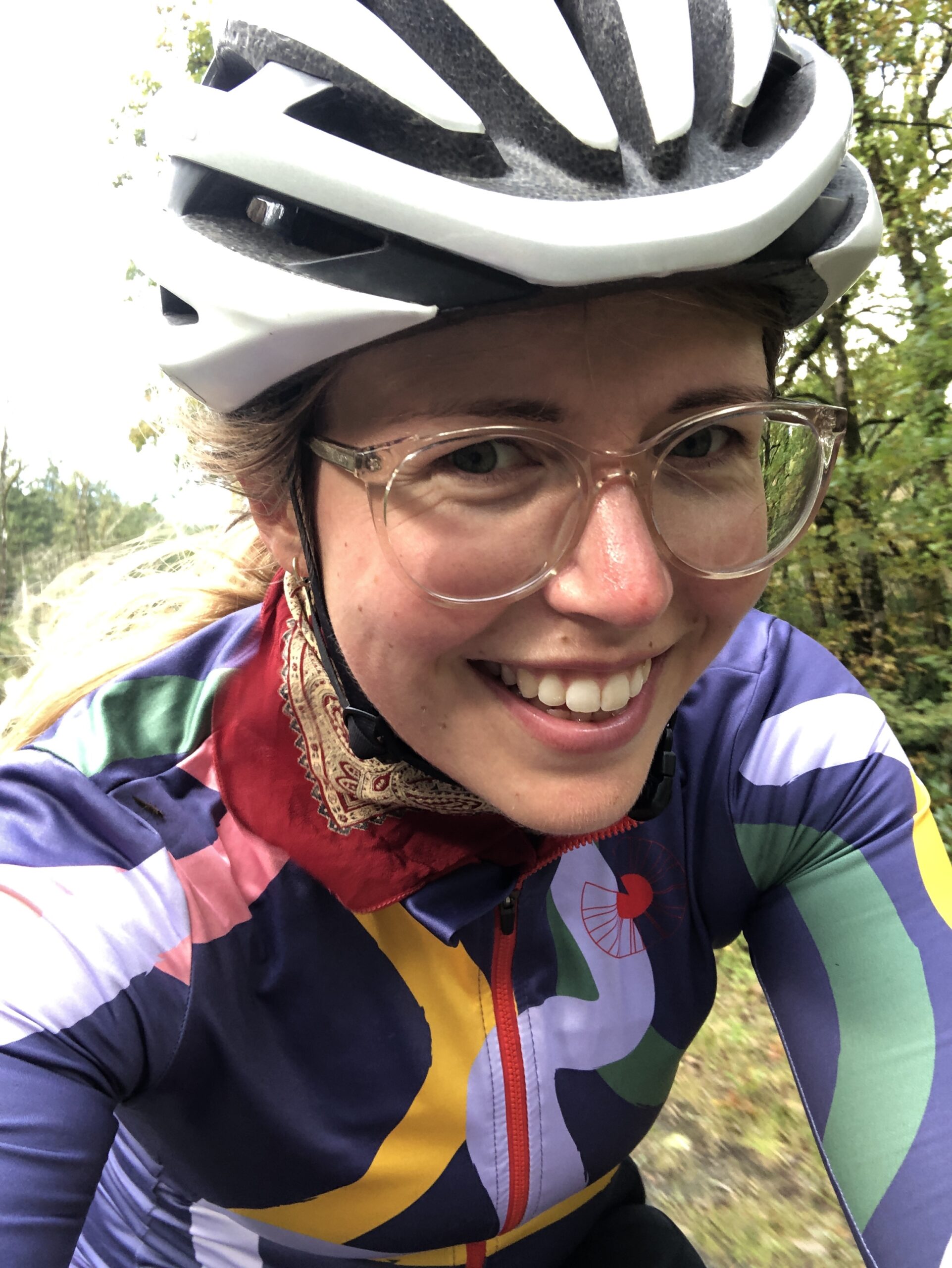Saddle sores are one of those uncomfortable issues that, for many of us, go hand in hand with riding a bicycle.
Whether you’re a newbie, a keen amateur upping the miles or a seasoned professional, saddle sores are likely to affect many of us.
At best they’re sore and painful, at worst they can force time off the bike, cause long-term injury and, at their most extreme, surgery.
But fear not – cycling should be pain-free and enjoyable for everyone. So, before you reach for an ointment to slather over your nether regions, we’re here to help you navigate this painful topic.
We’ll cover what a saddle sore actually is, what causes saddle sores, how to prevent and treat saddle sores and much more. We hope you are sitting comfortably.
What is a saddle sore?
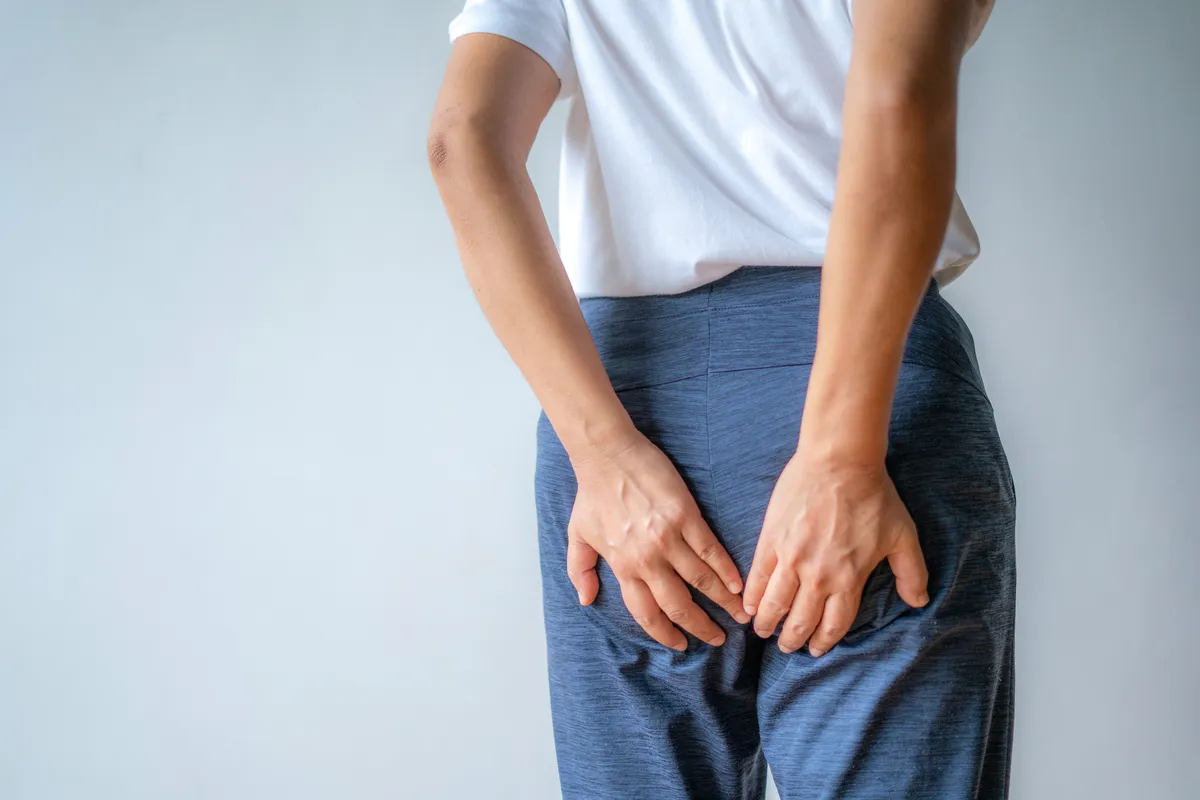
The term saddle sore might be one of the least helpful terms in cycling.
Broadly speaking, a saddle sore is any pain or discomfort ‘down there’ during or after cycling.
It can mean anything from just a general soreness to broken skin, folliculitis, irritant dermatitis, nappy rash, thrush, ‘flap mash’ or bruising and/or swelling of the vulva, numbness in both men and women, cysts… the unpleasant list goes on.
Saddle soreness is not a single issue problem, and because of the literal and cultural sensitivity of the body parts affected, we often suffer in silence.
Though this guide is a good starting point, it’s important to stress if you do have a recurring problem, you should see a healthcare professional to ensure proper diagnosis and treatment.
What causes saddle sores?
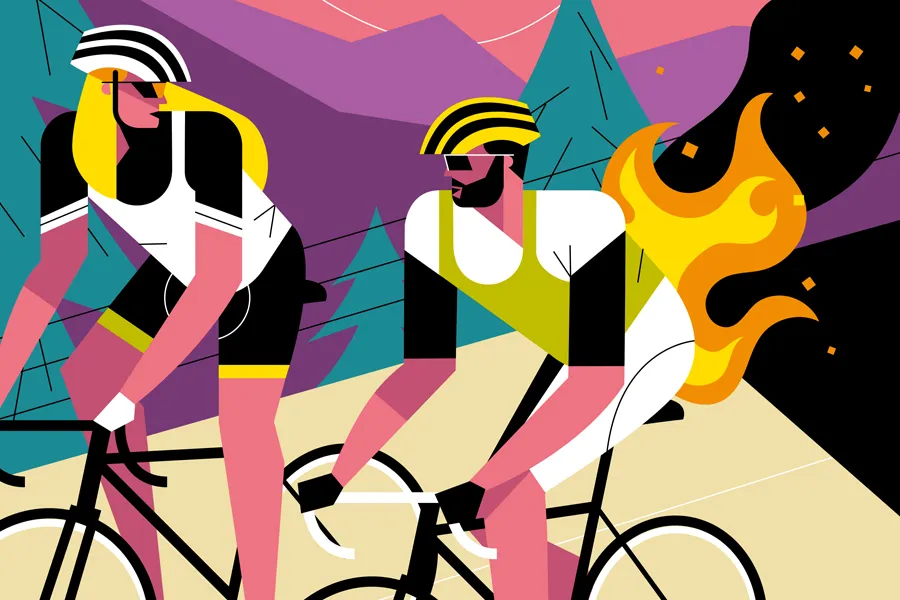
There is no single catch-all ‘cause’ for saddle soreness and f you are suffering, it’s unlikely to be any one thing causing your discomfort.
Key to the causes are our highly important – and highly sensitive – reproductive organs, along with our skin.
Our skin is a pretty impressive organ acting as a barrier. It keeps useful things like water in and less useful things, such as bacteria, irritants and pollutants, out.
The skin also contains a network of vessels that transport blood (capillaries) and fluids (lymph), and glands for sweat and other bodily secretions (for example, Bartholin glands in women).
Many aspects of cycling can damage our skin and the structures beneath, thus opening the door to both chronic and acute saddle sores. Let’s take a look at some of the most common causes.
Pressure
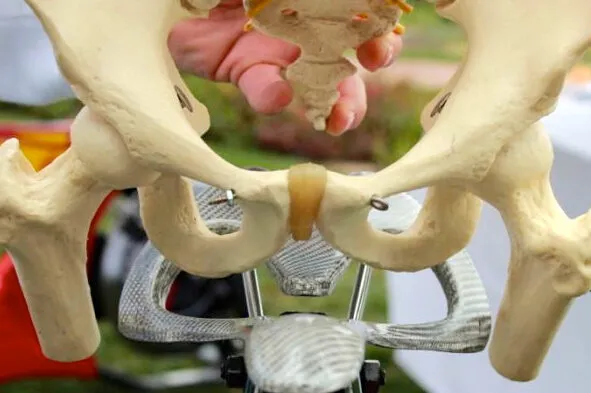
Saddle sores are often a result of pressure from sitting on a saddle.
How your weight is distributed on your chosen seat, as well as your position on the bike, are two key contributing factors.
The ischial tuberosities – more commonly known as your ‘sit bones’ – along with the perineum (the area between your anus and genitals) are where many of us bear weight when riding. This is where you will usually find the most painful spots.
Ideally, you want your saddle to support as much of your body weight as possible on your sit bones.
You don’t, for example, want to put your body weight on your penis, clitoris or vulva. Because of differences in pelvic anatomy, avoiding this can be much more difficult for women.
The problems from pressure don’t always stop when the riding ends and can cause prolonged numbness. At its extremes, erectile dysfunction due to cycling has been observed in men.
Friction and chafing
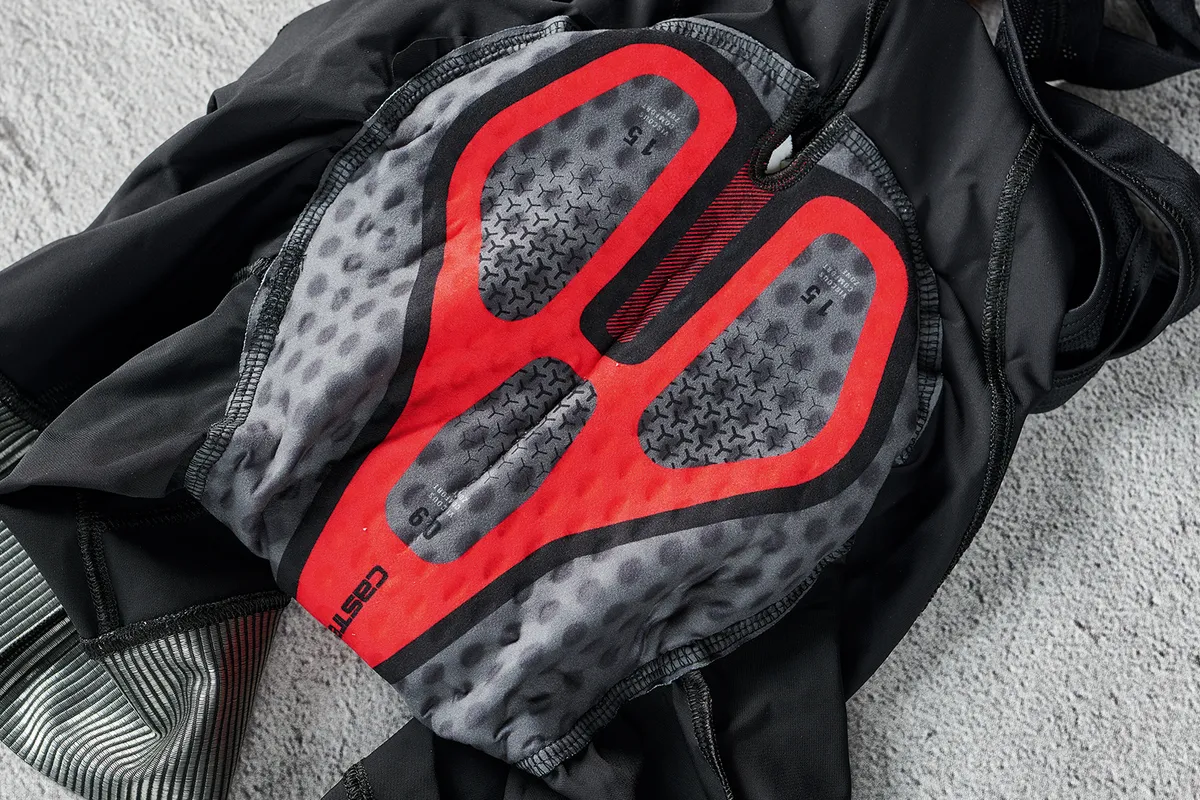
Friction from pedalling, as well as vibrations from the road or trail, can cause invisible trauma to your skin, which reduces its ability to function as a barrier to sweat and bacteria.
Friction is most commonly caused by poorly lubricated skin or an ill-fitting pair of shorts rubbing or bunching up as you pedal.
As a helpful reminder, cycling shorts are designed to be worn next to the skin with no underwear.
When manufacturing a pair of shorts, designers will consider everything from material choice to where the stitching is located to reduce friction and rubbing. Wearing underwear with cycling shorts makes them less effective at doing their job.
The foam pad in cycling shorts is called a chamois (pronounced ‘shammy’), so-called because they were first made from chamois leather.
Nowadays, they're made from foam, gel and elastomers, and most riders find they are more comfortable riding with a padded pair of shorts. Wearing poorly fitting shorts or a pad that isn’t right for you (size, density, shape) will contribute to any comfort issues.
Folliculitis
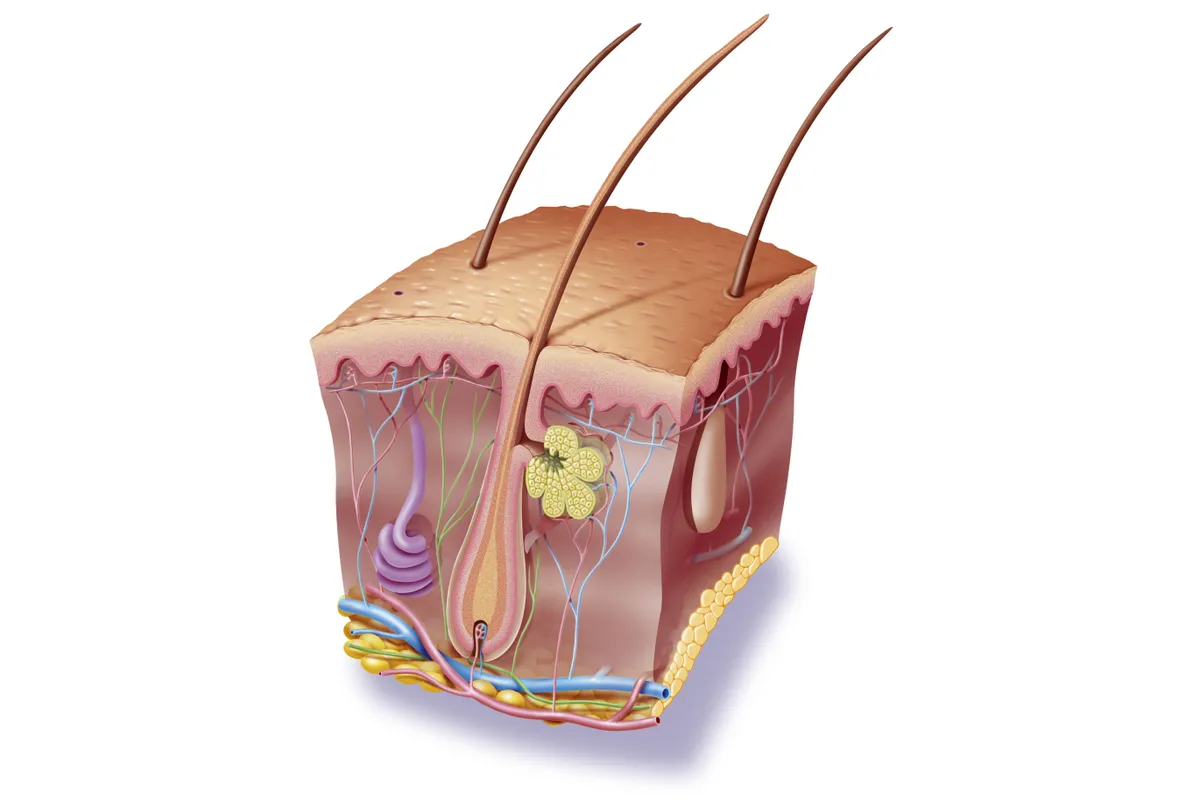
Folliculitis is inflammation of the hair follicle, which can also be infected with bacteria or fungi.
You do not need to remove the hair to get folliculitis – friction and other damage to the skin can also encourage it.
This iss a common skin condition and looks like red or white pimples. It is often described as ‘usually painless’, but whoever wrote that had clearly never experienced saddle soreness caused by folliculitis.
Saddle sores caused by furuncles (also known as boils)
Folliculitis can be fairly benign but can progress into something much more sinister.
If your inflamed hair follicle becomes infected with a bacterium called staphylococcus, it can progress to a painful pus-filled infection called a furuncle or boil. A collection of boils connected under the skin are called a carbuncle.
Swelling
“If you hit a pothole and a bruise appears, you’re tearing capillaries in the skin,” says Dr Jane Sterling, one of the UK’s top dermatologists, a leading expert in vulval health and one of the advisors to Team GB, speaking at the London Bike Kitchen.
She goes on to explain “you also have the lymphatic system... and once [your lymphs] are damaged, they don’t recover so well, and this can lead to permanent swelling.”
Long-term damage like this calls for medical advice.
Can your period make saddle sores worse?
If you are on your period, then you may want to consider using alternatives to sanitary pads, such as tampons or a menstrual cup.
Again, this is because cycling shorts should be worn next to the skin and a pad could cause chafing or discomfort.
Can chamois cream make saddle sores worse?
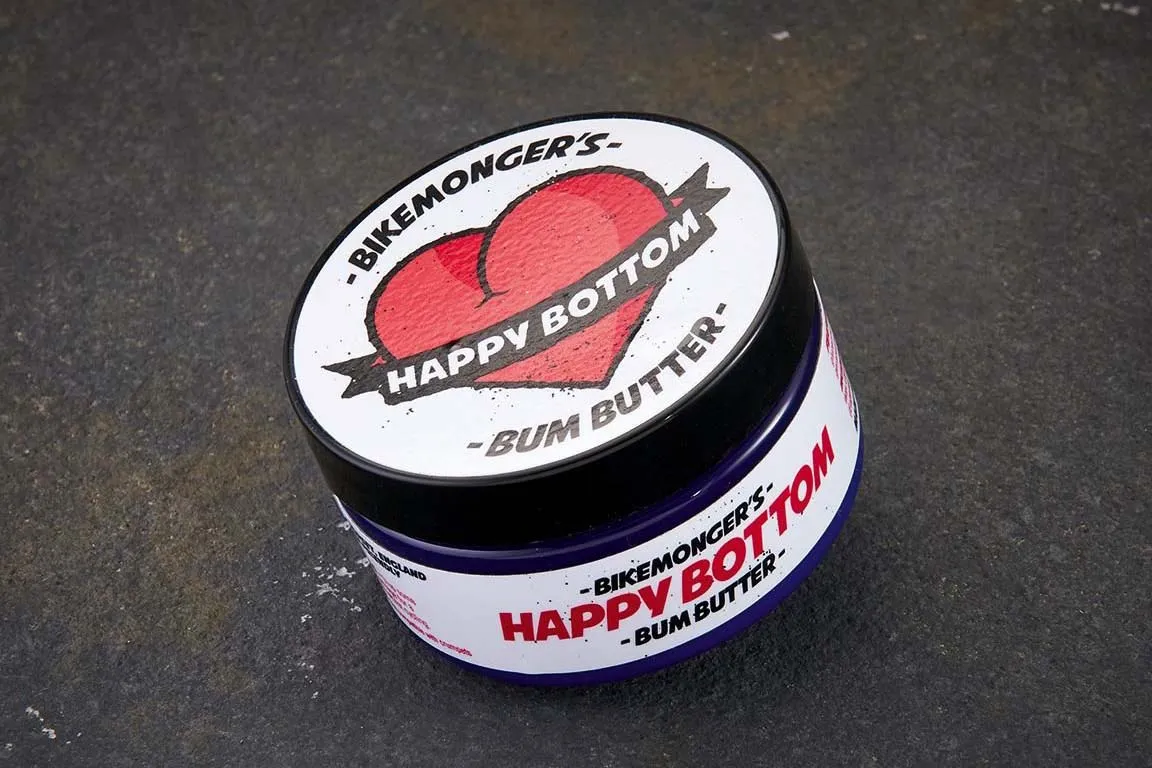
Back when chamois pads were made of leather, riders used a cream to keep it soft and supple.
Chamois creams still exist but are now used for application on the skin before a ride to help prevent chafing.
However, using chamois cream is not for everyone and, in fact, could make things worse, especially if you are sensitive to any of the ingredients.
It’s important to remember that chamois creams are simply developed for reducing friction rather than promoting skin repair. More on this later.
Does pubic hair removal make saddle sores worse?
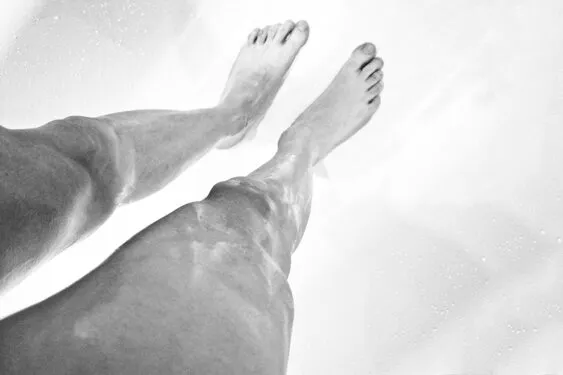
Let’s not beat about the bush here – most kinds of hair removal, be it shaving, waxing or hair removal creams, will damage the skin and the regrowing hair can cause irritation and infection resulting in folliculitis (mentioned above).
What causes saddle sores for you might change over time
You might have been riding pain-free for years but, seemingly out of the blue, saddle soreness rears its angry head.
Our bodies change throughout our lives – we can become less flexible, for example, and as we age, we might find that our bodies need longer to recover between rides.
An injury may also cause an imbalance or asymmetry in our movement that translates into changes in saddle contact.
Female biology in particular means that our bodies can change quite dramatically over our cycling lives.
“Childbirth changes lots of things”, explains Dr Jane Sterling. Menopause can also cause some unhelpful changes when it comes to cycling.
“Post-menopause, you can lose some of the padding and fat in your vulva and also lose some of the hair. The skin is also much drier,” adds Sterling. Her advice is to use more moisturiser and potentially seek out a chamois with more padding.
How to prevent and treat saddle sores
When considering the factors that might cause a saddle sore, you could be forgiven for wondering how anyone doesn’t suffer from them.
Luckily you don’t have to suffer or be uncomfortable on your bike – cycling should be a joy, so we’ve combined a few tips and hints that may help you troubleshoot what is causing your saddle soreness and reduce discomfort.
Bianca Broadbent of Fit Your Bike breaks things down into “extrinsic factors” such as bike fit, saddle choice etc and “intrinsic factors”, focusing on the individual.
“If skin integrity is compromised, a multidisciplinary approach may be required to ensure a return to the bike”, explains Broadbent.
Bike fit and position
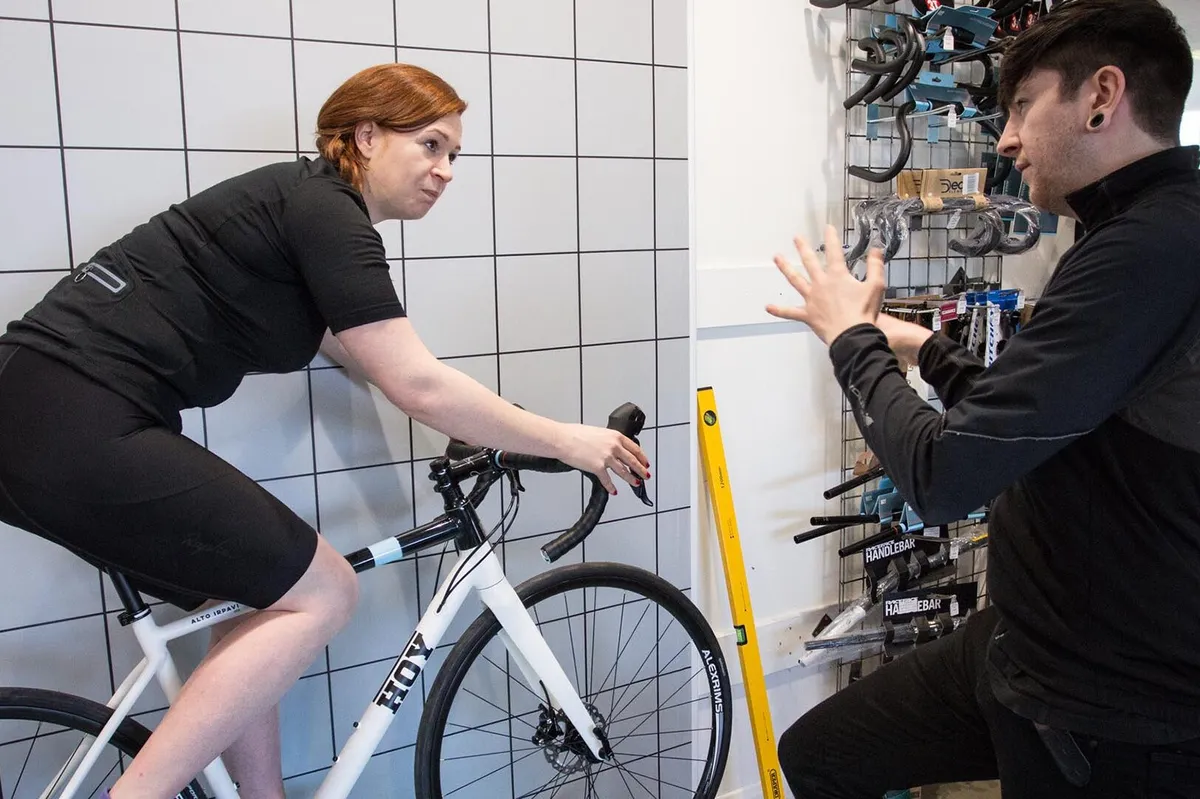
“The best saddle in the world won't work if it is in the wrong position,” explains Phil Burt, who spent 12 years as head physiotherapist at British Cycling.
Saddle position is only one small part of what makes up a good bike fit but, if you are suffering from saddle sores and are happy with the rest of your bike fit, it’s a good place to start.
The majority of riders will be happy with a flat saddle position, with the saddle setback set to a middle position, but that’s not always the case.
Adjusting your saddle setback and saddle angle may help alleviate pressure and pain.
In competitive cycling, there are all sorts of rules specifying the position a saddle must sit at (usually flat and not excessively far forward), though these have been relaxed in recent years.
This was largely an outcome of British Cycling research, which showed angling the saddle nose down slightly could help to reduce pressure at the front.
There are a lot more factors that come into bike fit along with saddle angle, and while you can always experiment with your bike position at home, it may be worth investing in a professional bike fit if you are suffering from discomfort.
Saddle design and saddle sores
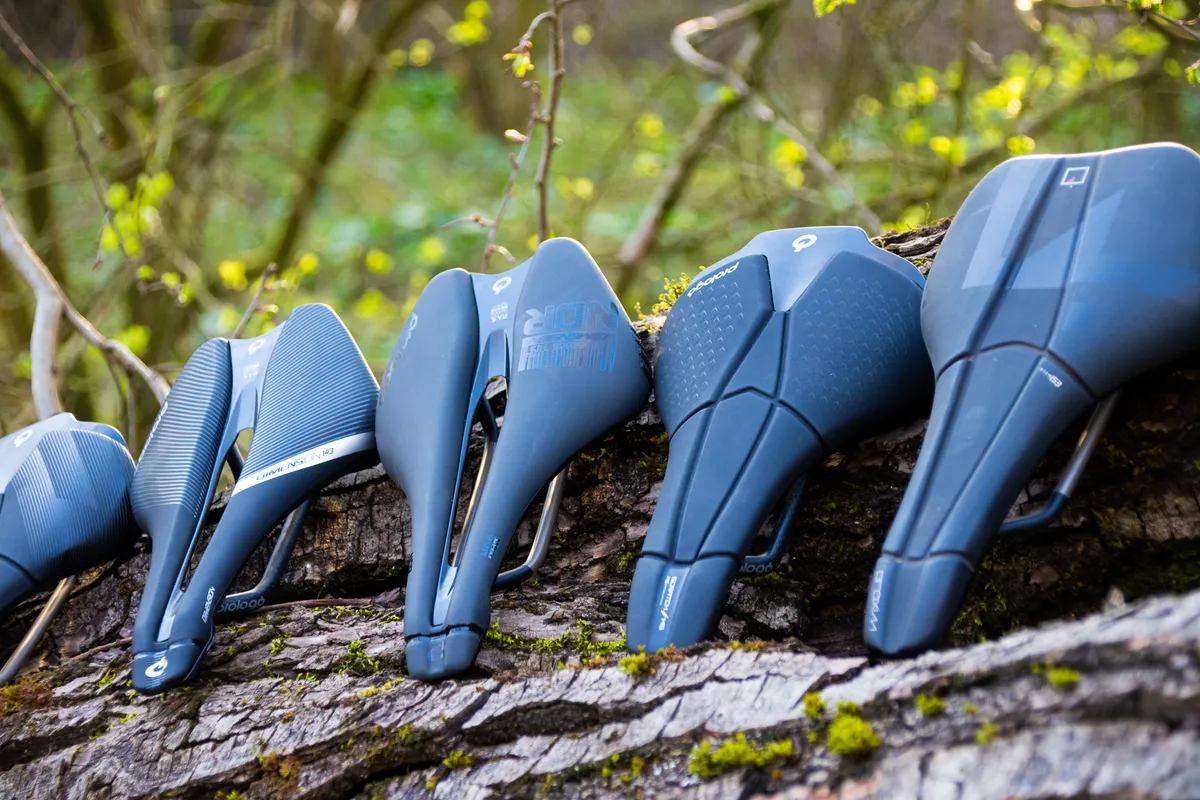
Saddle design has come a long long way since the invention of the bicycle.
We have a separate in-depth guide on how to choose the right bike saddle for you but, as a taster, the width, amount of padding, curve of the shell, whether or not you need a cutout and many other factors all need to be considered.
No single difference in saddle design will wildly transform your comfort but, trying a combination of all of these variables will lead you to your perfect saddle.
Research by saddle brand SMP has shown that its unique design, which sees a cut out channel running the length of the saddle, can help with blood flow in men and women during and after cycling.
“A key issue for men is pressure on the pudendal nerve, which runs through the middle of the base of the penis and perineum. [Pressure here] can lead to numbness and erectile dysfunction” explains Burt. A cut-out in a saddle can help prevent this.
A lot of women now also find that they prefer a saddle with a cut-out area to help reduce pressure on soft tissue.
Saddle width
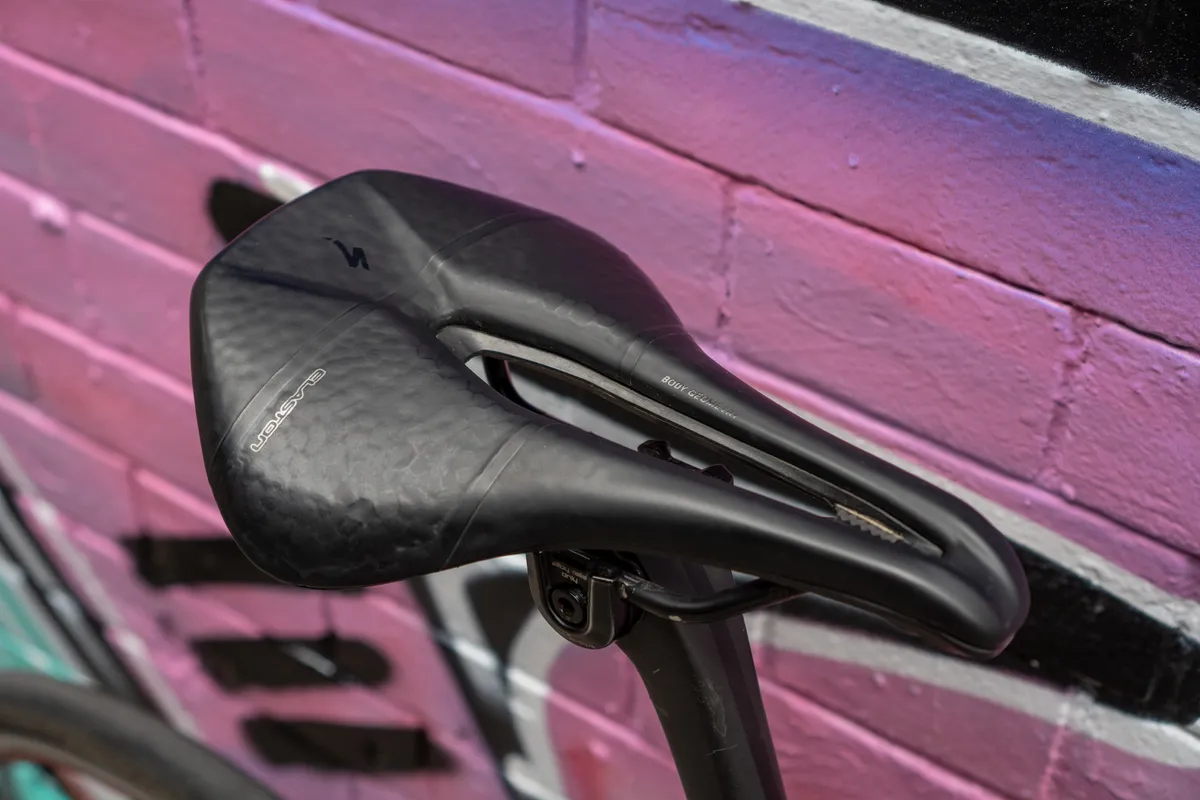
Another crucial determinant of saddle choice is the width of your sit bones. Everyone has a different sit bone width and manufacturers sell saddles to suit this.
You can measure your sit bone width at home with some cardboard. Alternatively, your friendly neighbourhood bike fitter will be able to help you measure and then recommend some saddles to try based on this measurement.
Pelvic health and saddle sores
“Not everyone needs a new saddle, some people need help to optimise their pelvic health”, explains Broadbent.
“For example if you have pelvic pain off the bike, and it’s exacerbated by your position on the bike, the chances are the bike is a small contributing factor and it needs a coordinated approach”.
If this sounds like you, a consultation with your GP or a physiotherapist could be a good place to start.
Does chamois cream help prevent saddle sores?
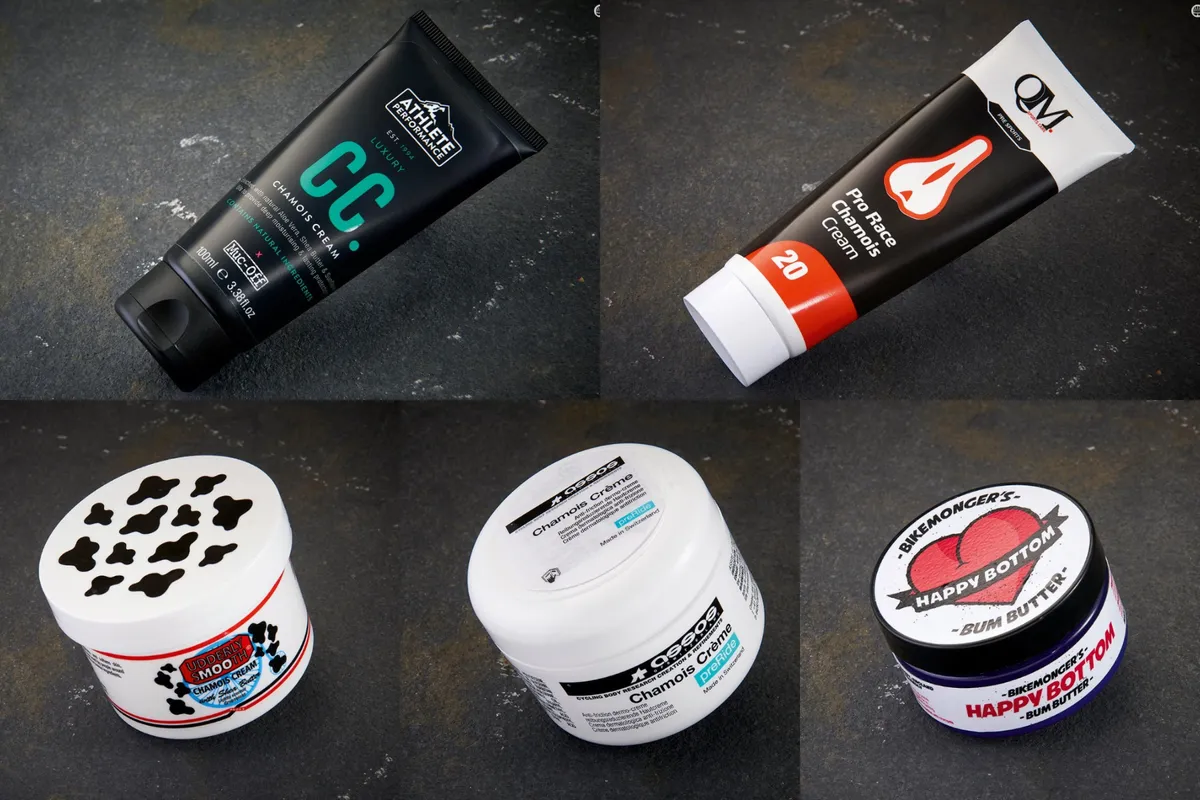
Chamois cream is often one of the first things people look to to help prevent saddle sores, but is this right?
“It’s a big myth,” says Broadbent. “It may help, as part of a combination approach, but usually by itself, it won’t be the holy grail."
One of the takeaways from Dr Sterling's talk is that depending on your particular problem, chamois cream might actually be the worst thing for you. She also says it’s best not to use chamois cream too often – instead, it’s something best saved for a special occasion (i.e. an extra-long ride) when it can be a useful addition.
Chamois creams also differ from one product to the next.
They are either water- or oil-based and you’ll have to work out if you have a preference. The water-based creams tend to be more unstable, so have added chemicals to maintain their smooth texture, but heavy oil-based products might block your pores.
Silicone is also a common ingredient, to act as a lubricant and reduce friction and chafing.
Antibacterial ingredients are usually also added but if you do have a skin infection then a chamois cream is unlikely to help.
Something to look out for on the ingredients list of chamois cream is any kind of artificial fragrance because these chemicals can be quite aggressive, particularly on the sensitive areas around your private parts.
Another claim you may see on a packet of chamois cream is that it’s been pH optimised (usually for women). This means it has been balanced so you don't have to worry about getting it on your genitals.
The problem with even the best chamois cream is that it might irritate your skin, and you won’t know until you try it. It is possible to do a patch test on the inside of your wrist to check for a reaction first.
“Nothing is 100 per cent guaranteed never to cause you problems,” explains Dr Sterling. Even natural ingredients like aloe vera can cause irritation to some people and irritations can also develop over time.
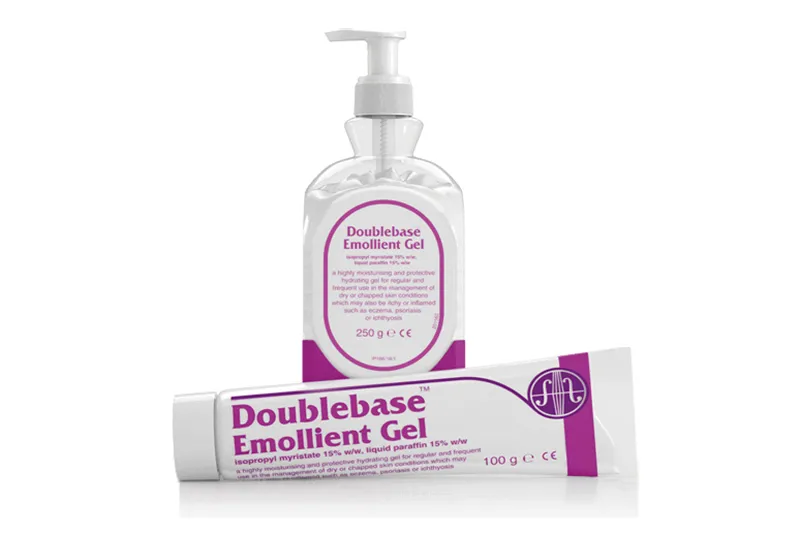
If you’re looking for a specific recommendation, work done by both Burt and Sterling at British Cycling found Doublebase gel – a medical-grade emollient – worked far better than classic cycling chamois cream.
These medical creams have been developed for hospital patients with bedsores (which present similar challenges to cycling: pressure, sweat, bacteria, open skin) and reduce friction while also helping the skin’s barrier function. It’s also completely pH neutral and void of perfumes.
Embrace your pubic hair
“Pubic hair is there for a reason,” says Dr Sterling. “In evolutionary terms, pubic hair helps to disperse sweat.”
In the context of cycling, the theory is having pubic hair introduces a small layer of air circulation between your pad/shorts and skin, which is no bad thing.
Waxing, shaving and hair removal creams all damage the skin, and can create problems when the hair regrows. If you do want to manage your pubic hair consider trimming it instead.
Shorts and chamois pads
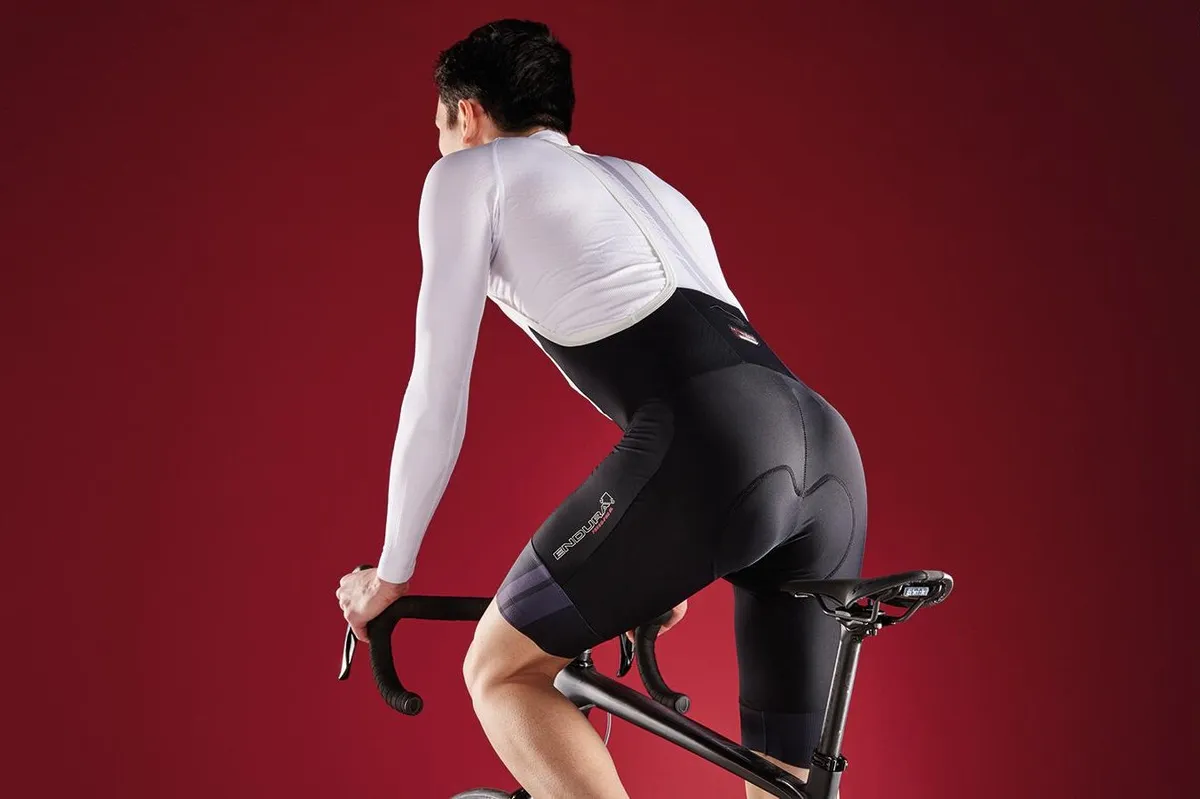
Not all cycling shorts and pads are created equal, which is a good thing because not all humans are the same either.
Depending on your height, proportions, genital anatomy, saddle choice and cycling discipline. you may find that your shorts preference differs from your cycling friends.
If a company is confident that you’ll love its shorts, it will commonly offer a 30-day money-back guarantee, so your trial and error doesn’t need to cost the earth.
Once you’ve found the best men's cycling shorts or the best women's cycling shorts for you, make sure you wash them properly after riding – inside out so the chamois gets a good clean. Those with especially sensitive skin may find a good sports wash essential.
Post-ride hygiene
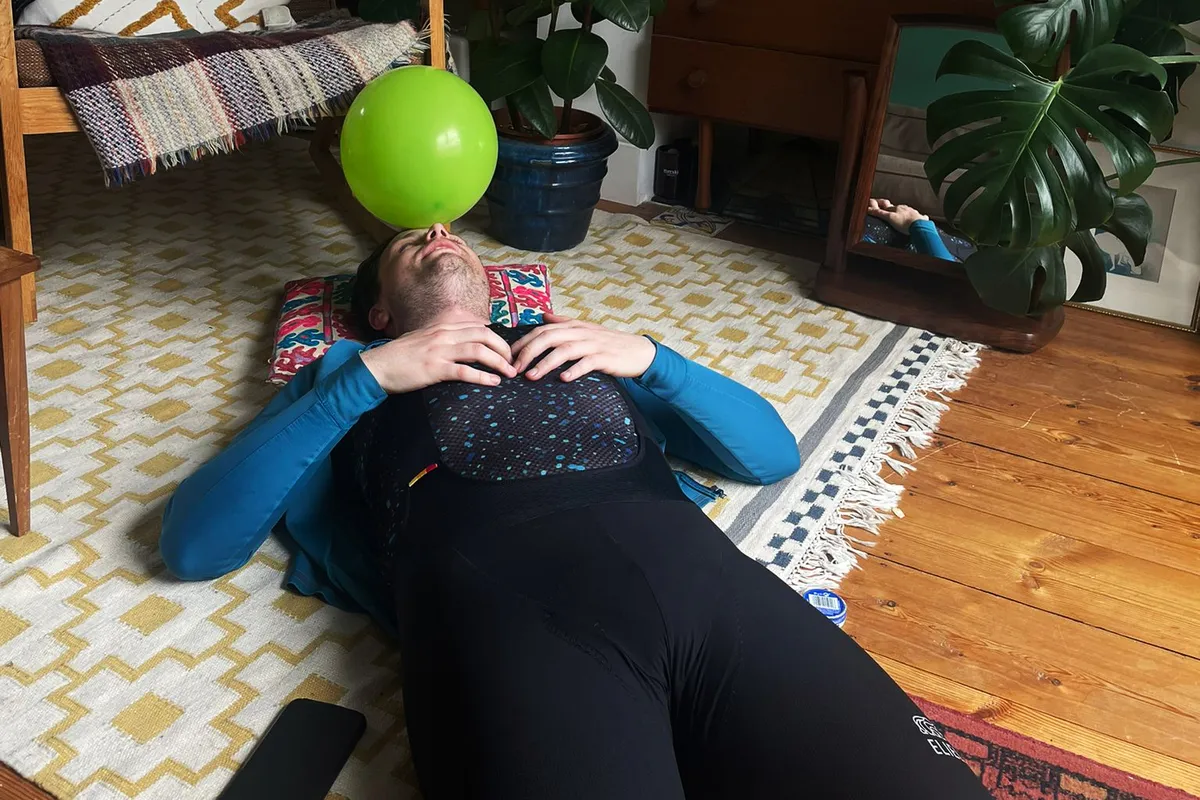
Sitting at home in your sweaty cycling shorts after a ride is not a good idea.
As mentioned before, cycling can damage the skin’s ability to act as a barrier, so it’s important to make washing a priority in your post-ride routine.
Even if you can’t shower, at least get out of your sweaty shorts, clean as best as you can and moisturise. This is especially true if you are bikepacking or touring for multiple days where you may not have access to proper cleaning facilities.
Moisturising and saddle sores
It’s worth re-emphasising the skin’s function as a barrier. All the friction, sweat, washing and pressure that cycling entails makes it harder for skin to perform this function.
Regular moisturising can be the best saddle sore treatment because it helps skin to repair.
Which moisturiser you choose will be an individual choice, but the aforementioned Doublebase gel is likely to be a good place to start.
British Cycling also recommends riders wash with a medical-grade moisturiser called Dermol 500.
It is anti-microbial and moisturising so, unlike a lot of soaps and shower gels that remove oil and grease – thus drying out your skin – Dermol 500 helps to repair the damage to this important barrier.
Prevention is better than a cure
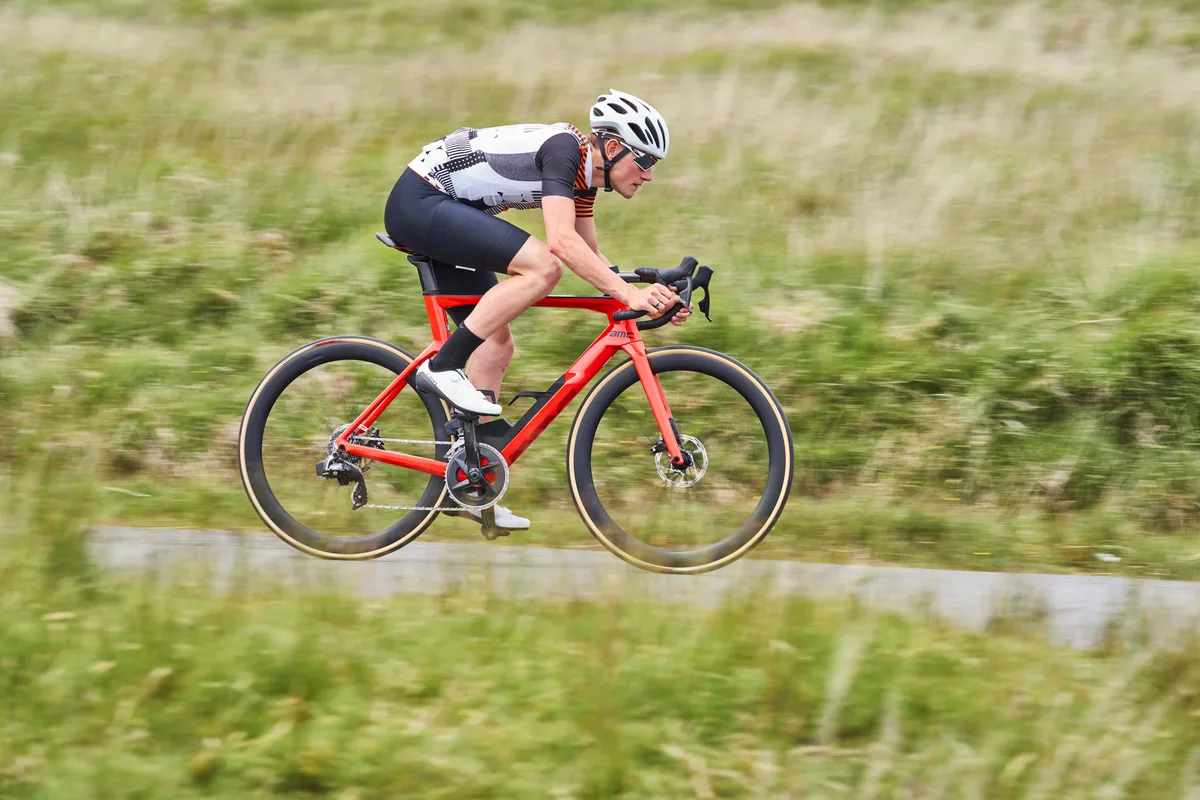
As with most things, the best defence is a good offence.
This can mean taking time off the bike to let things heal for proper recovery between longer rides.
The boring stuff is also important: rest, sleep well, try to minimise stress, stay hydrated and eat a healthy balanced diet.
You should also let your skin breathe. Wear cotton or no underpants after a long ride to give your skin some air.
This will all give your skin and tender bits the best chance of recovering ready for the next joyful bike ride.
Perhaps most importantly, get talking and normalise these difficult conversations so that all cyclists learn that saddle sores are nothing to be embarrassed about.
